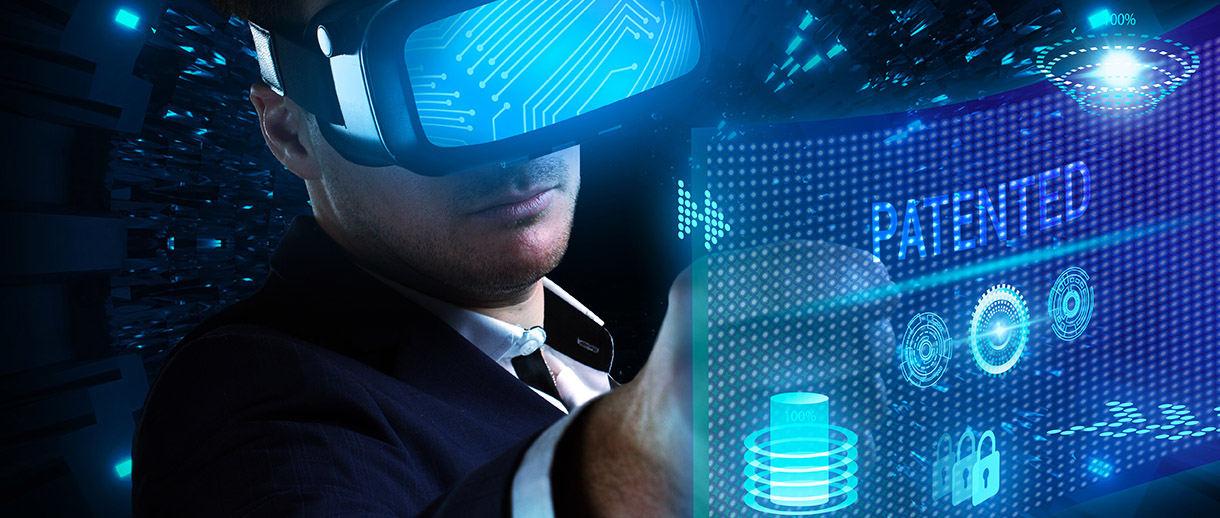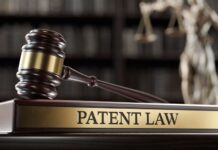
The IP Stack for Protecting Software in India: Copyright, Patents, Trade Secrets
A key question that confronts participants in any disruptive and innovative industry is that of intellectual property (IP) protection. Software is no exception. Multiple IP routes, e.g., copyrights, patents, and trade secrets, are available for protecting software, but the appropriate choice is not always automatically evident. The amalgamated nature of software complicates the situation, for software simply does not relate merely to the authoring of a combination of codes and sequences, but also needs to be implemented through a computer. Therefore, a careful assessment is required to determine the kind of protection that is best suited to the assorted elements of software.
Copyright
Copyright is a form of intellectual property protection granted, under Indian law, to the creators of original works of authorship such as literary works (including computer programs), dramatic, musical and artistic works, cinematographic films and sound recordings. In particular, Section 2(o) of the Copyright Act, 1957, defines “literary work” as including “computer programmes, tables and compilations including computer databases”. Under copyright law, protection is available only to the form or expression of an idea and not to the idea itself. The object of copyright protection in a computer program is not the underlying idea, but the computer language used to express that idea. So, the copyright of computer programs prohibits copying of program structure and design. Therefore, a computer program can be protected under the Copyright Act 1957.
Patents
Patenting is one of the prime ways of protecting software. However, in India, the process of seeking patent protection for software requires navigating legislative interpretation around the protectability of software as an invention. Section 3 of the Indian Patents Act, 1970, contains a list of what the legislature considers to be “not inventions” under the scheme of the law and thus, not patentable. Section 3(k), in particular, states that a mathematical or business method or a computer programme per se or algorithms, cannot be inventions.
The phrase ‘per se’ in Section 3(k), which was inserted by the Patents (Amendment) Act, 2002, allows certain, although not all, computer programmes and software to be patentable inventions. Various court decisions have shed light on this aspect of patentability of software, such as Ferid Allani v. Union of India & Ors. [2019] and Telefonaktiebolaget LM Ericsson Vs Intex Technologies [2015] . The general view of Indian courts appears to be that to deem all inventions based on computer programmes as not patentable would be regressive and counter-intuitive; the preferred principle would be to allow inventions that display a technological effect or contribution, even if based on a computer program.
Trade Secret
To qualify as a trade secret, the information sought to be protected must (a) be commercially valuable because it is secret, (b) be known only to a limited group of persons, and (c) be subject to reasonable steps taken by the rightful holder of the information to keep it secret, including by way of confidentiality agreements for business partners and employees.
But what kind of information can be protected under trade secrets? The general understanding is that any confidential business information which provides an enterprise a competitive edge and is unknown to others may be protected as a trade secret. Thus, trade secrets include both “technical” information, such as information regarding manufacturing processes, pharmaceutical test data, designs and drawings of computer programs, and “commercial” information, such as distribution methods, list of suppliers and clients, and advertising strategies.
There is no statutory protection afforded to trade secrets in India; in other words, no code or legislation around trade secrets exists. As a result, trade secrets are usually protected and enforced through contractual and other arrangements. Nevertheless, it is probably one the best forms of protection for the source code of a computer program, as it merely requires taking reasonable efforts to keep the source code secret, such as requiring everybody who has access to the source code to enter into an agreement to keep it secret; no further formalities are required.
Conclusion
The role that software plays in our lives means that its use and protection ought to invite more consideration than usual. Legislative ambiguity has meant that software patents are not always treated on an equal footing as other kinds of patents, but software patenting has clearly gained support from Indian courts. However, certain gaps remain to be filled. Specifically, Indian courts have not yet recognized or acknowledged the extent of protection provided by license agreements for literal and figurative components of software, fair use standards, and authors’ rights. Meanwhile, other forms of protection, such as copyright and trade secrets, can be used effectively as well, to protect different aspects of software-related inventions.
















